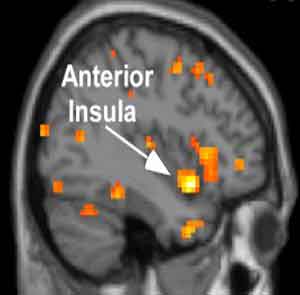In a new study published in Brain and Behavior, Dr. Aron and colleagues at the University of California, Albert Einstein College of Medicine, and Monmouth University found that Functional Magnetic Resonance Imaging of brains provide physical evidence that the 'highly sensitive' brain responds powerfully to emotional images.
Previous research suggests that sensory processing sensitivity is an innate trait associated with greater sensitivity, or responsiveness, to environmental and social stimuli. According to Dr. Arthur Aron, the trait is becoming increasingly associated with identifiable behaviors, genes, physiological reactions, and patterns of brain activation.
Highly sensitive people, those high in SPS, encompass roughly 20 percent of the population. Elaine Aron, originated the HSP concept. Humans characterized as HSPs tend to show heightened awareness to subtle stimuli, process information more thoroughly, and be more reactive to both positive and negative stimuli. In contrast, the majority of people have comparatively low SPS and pay less attention to subtle stimuli, approach situations more quickly and are not as emotionally reactive.
In 'The Highly Sensitive Brain: An fMRI study of Sensory Processing Sensitivity and Response to Others’ Emotions,' Dr. Aron and colleagues used fMRI brain scans to compare HSPs with low SPS individuals. The analysis is the first with fMRI to demonstrate how HSPs’ brain activity processes others’ emotions.
The brains of 18 married individuals were scanned as they viewed photos of either smiling faces, or sad faces. One set of photos included the faces of strangers, and the other set included photos of their husbands or wives.

















Related Items
Balanced population growth accelerated national development
Child Beggars’ population on the rise…
Women are less likely to believe they can get into university